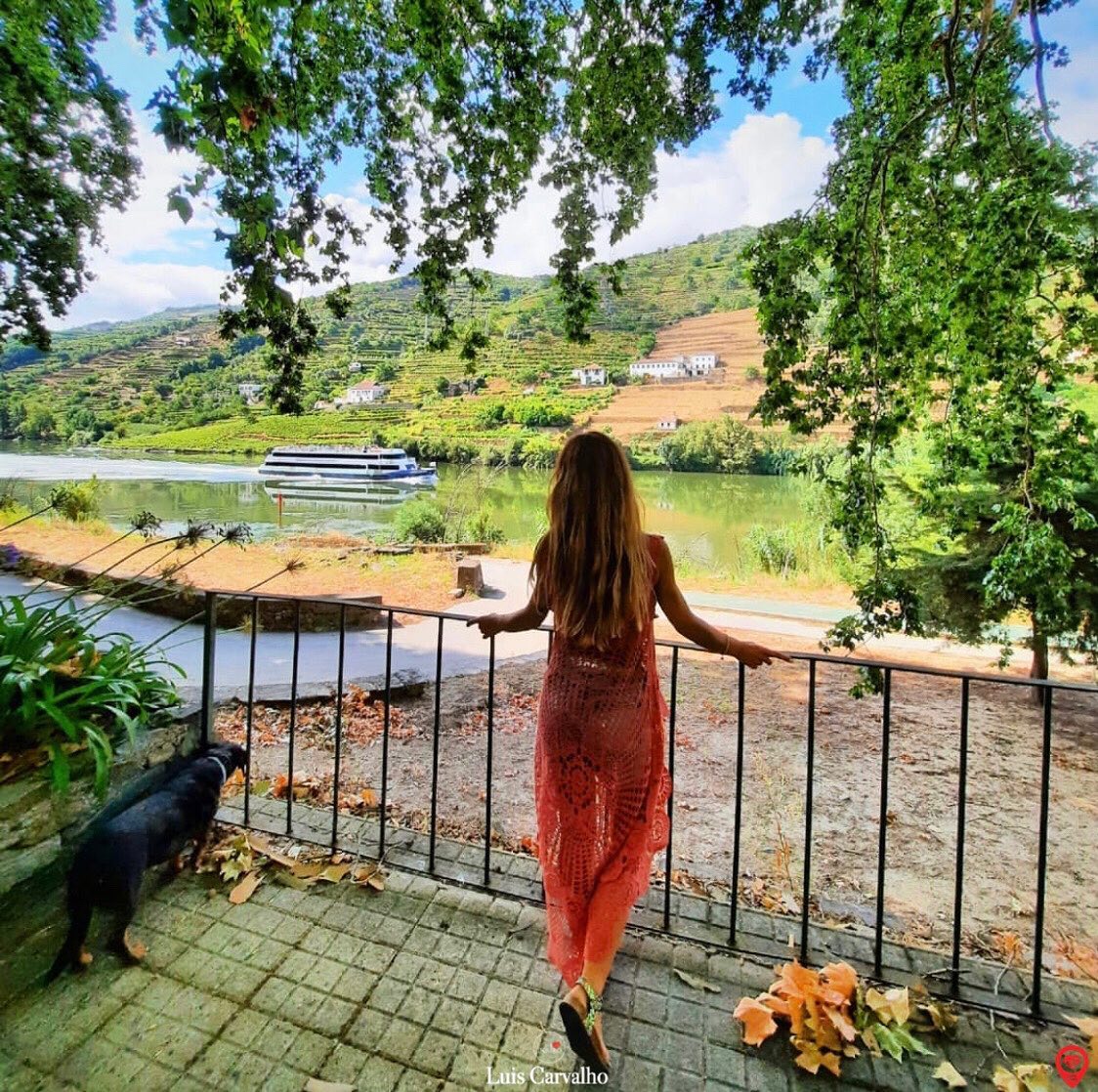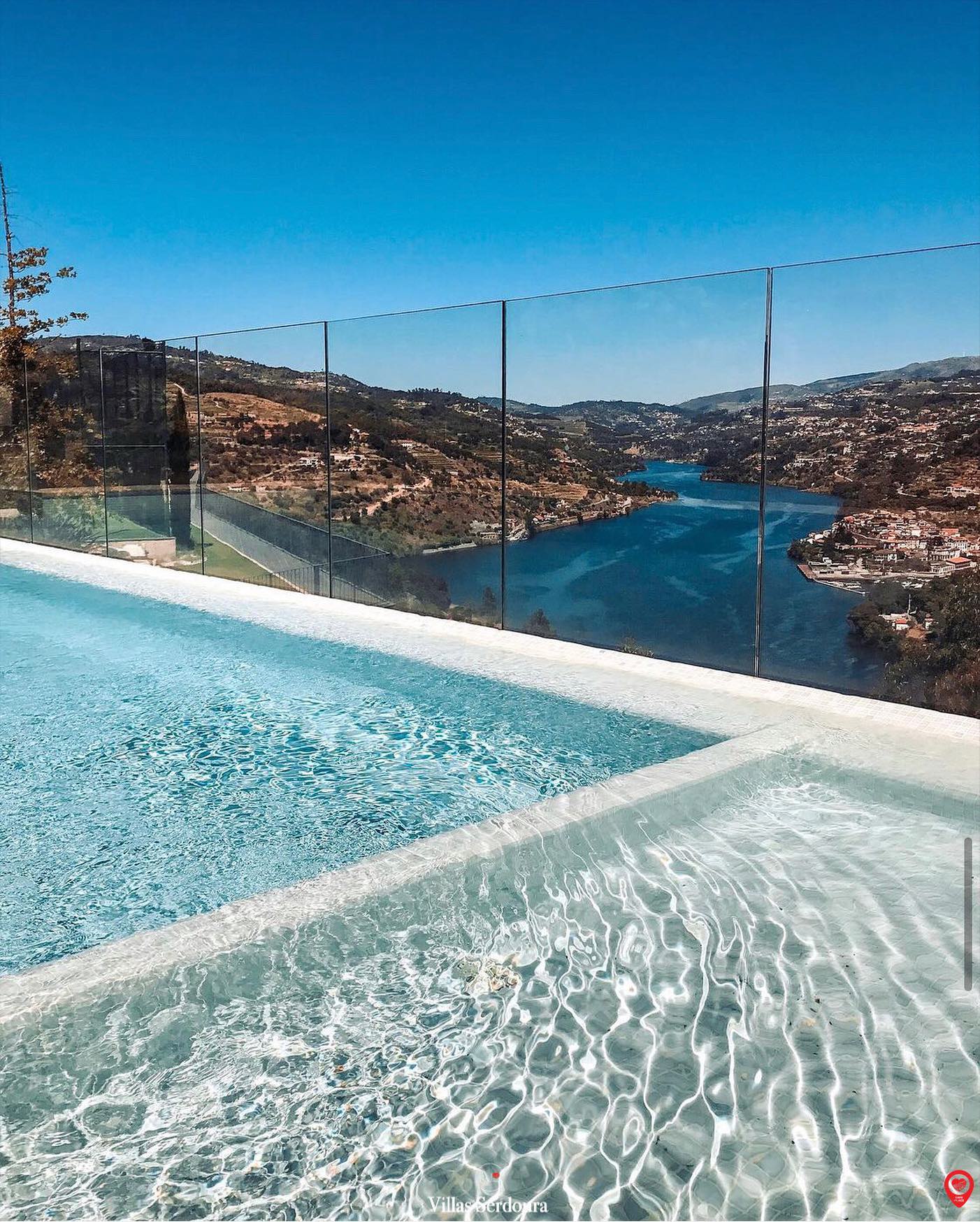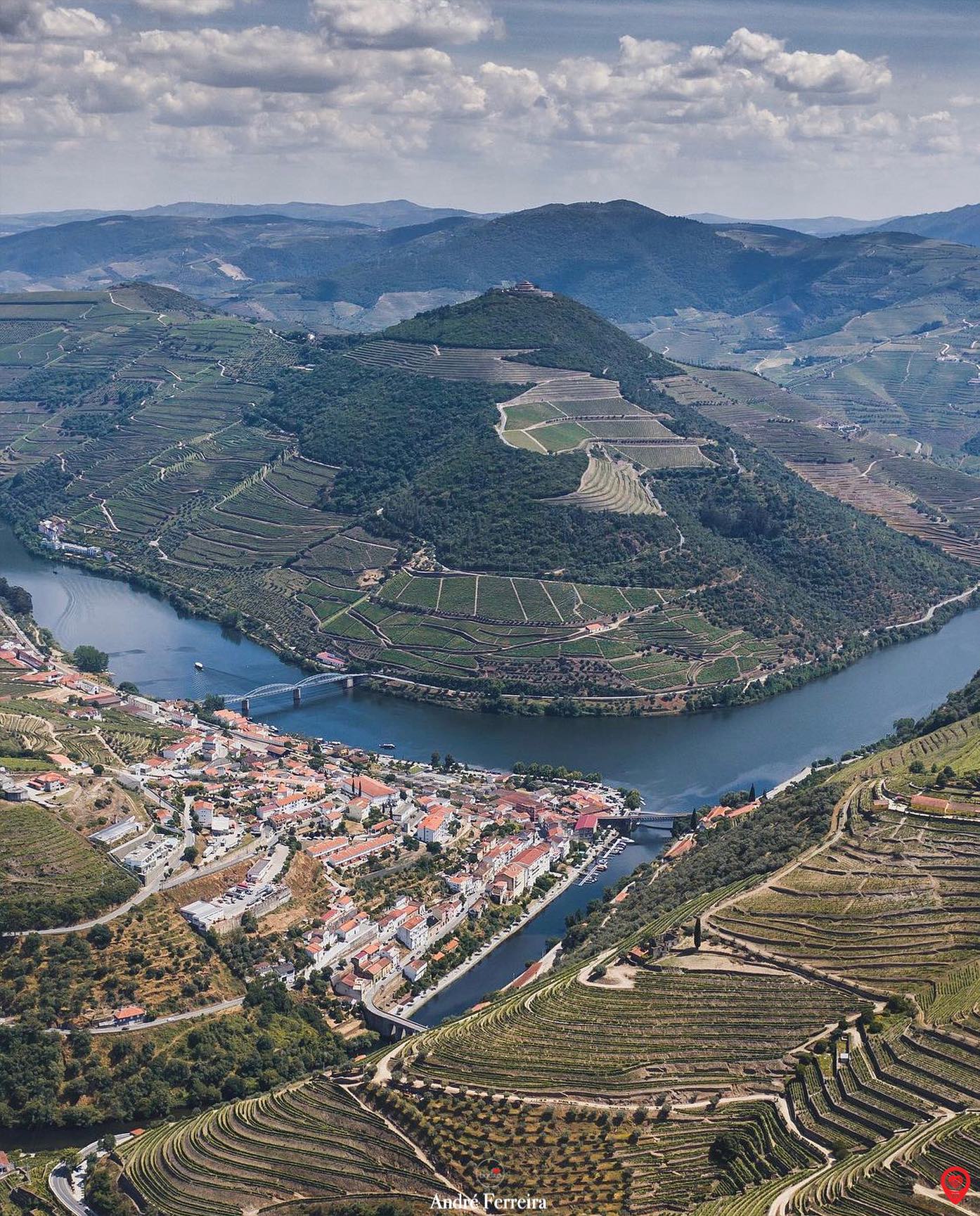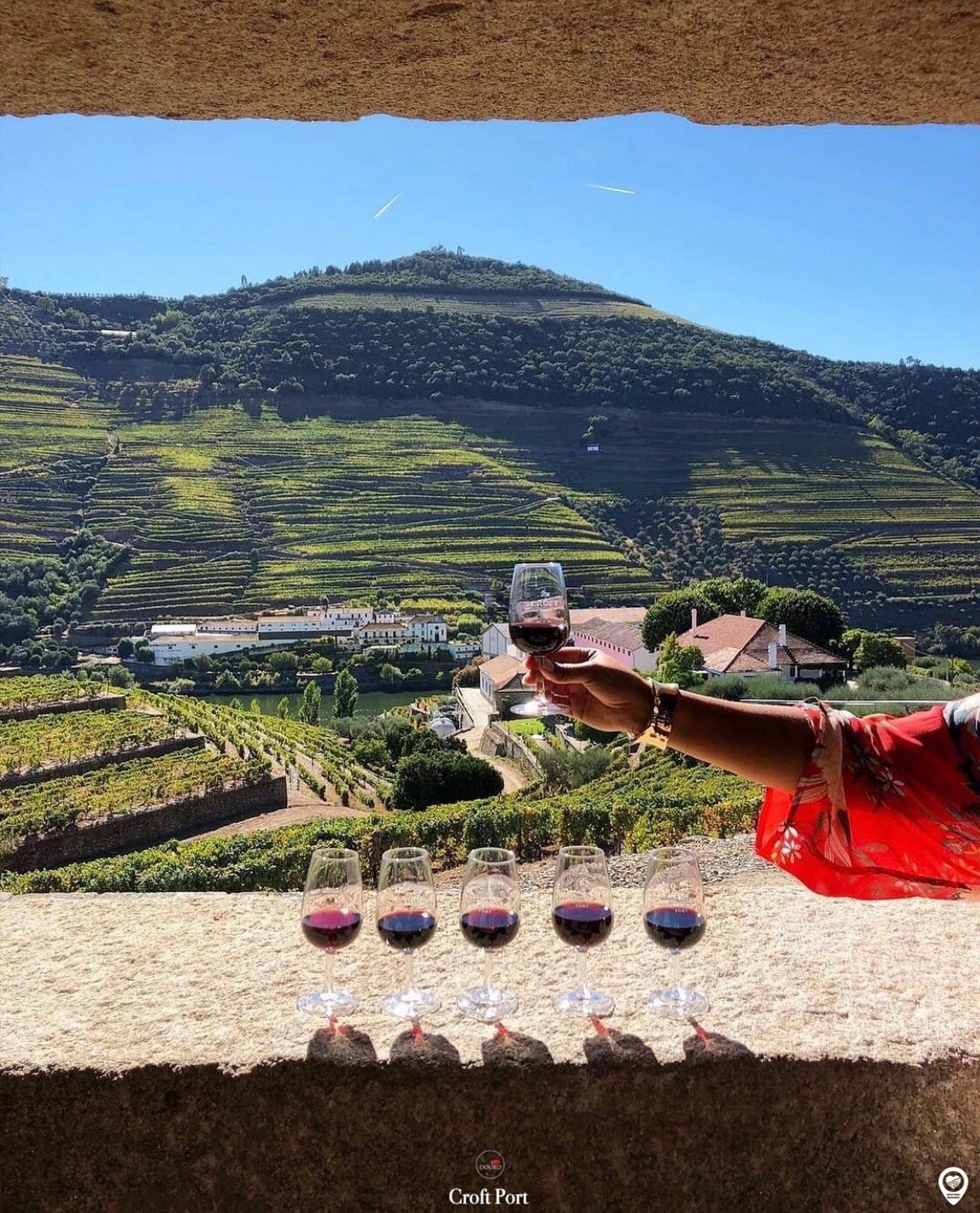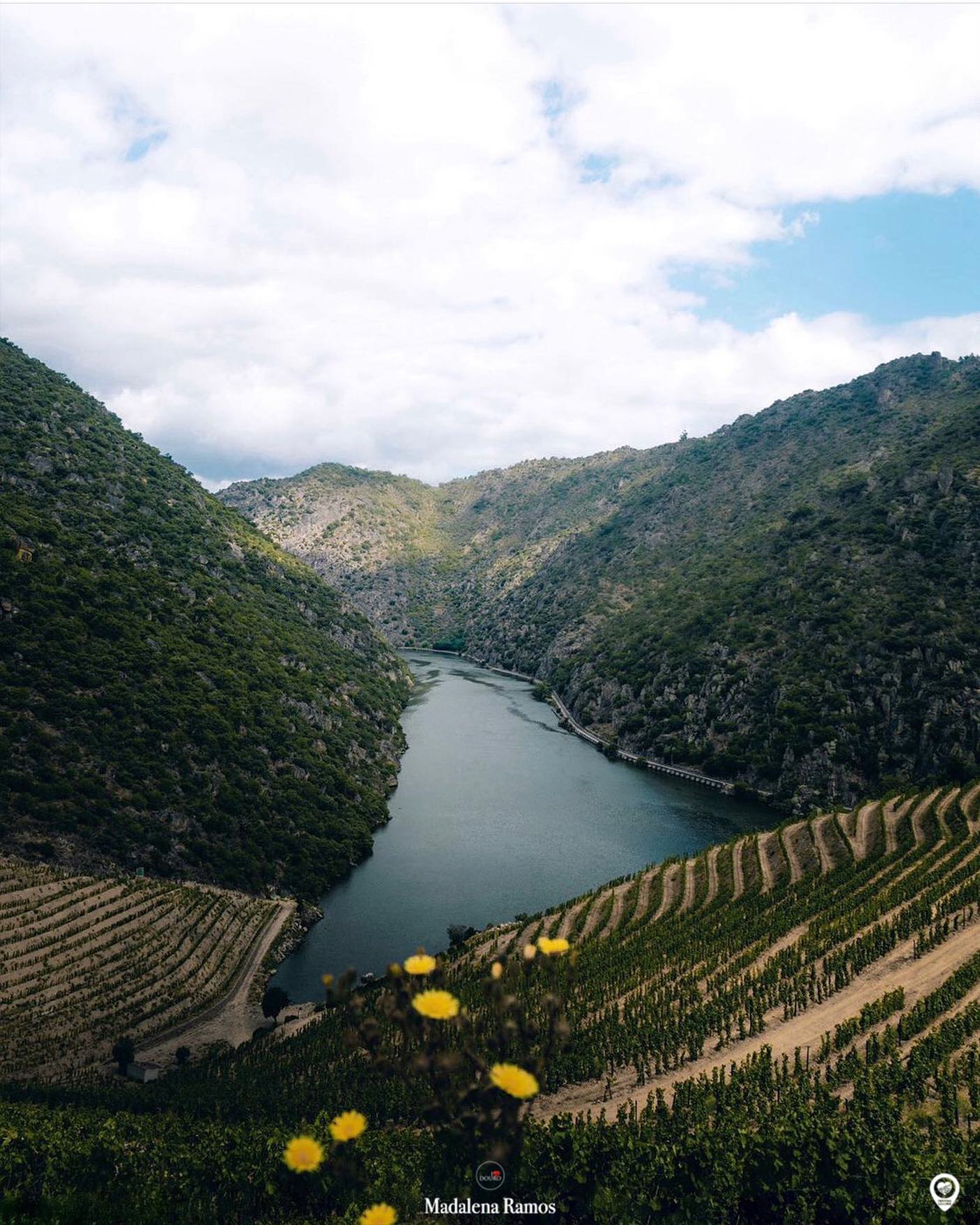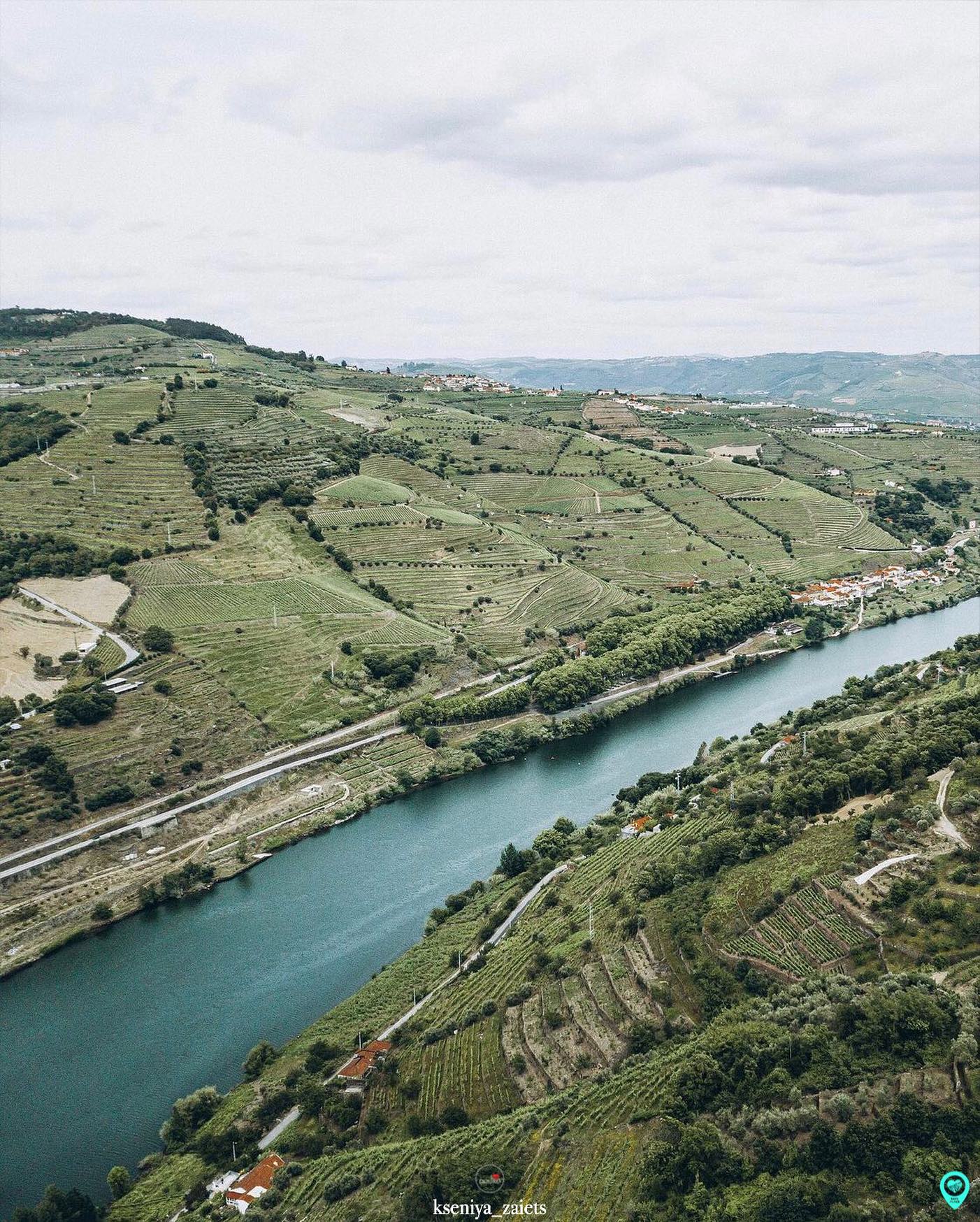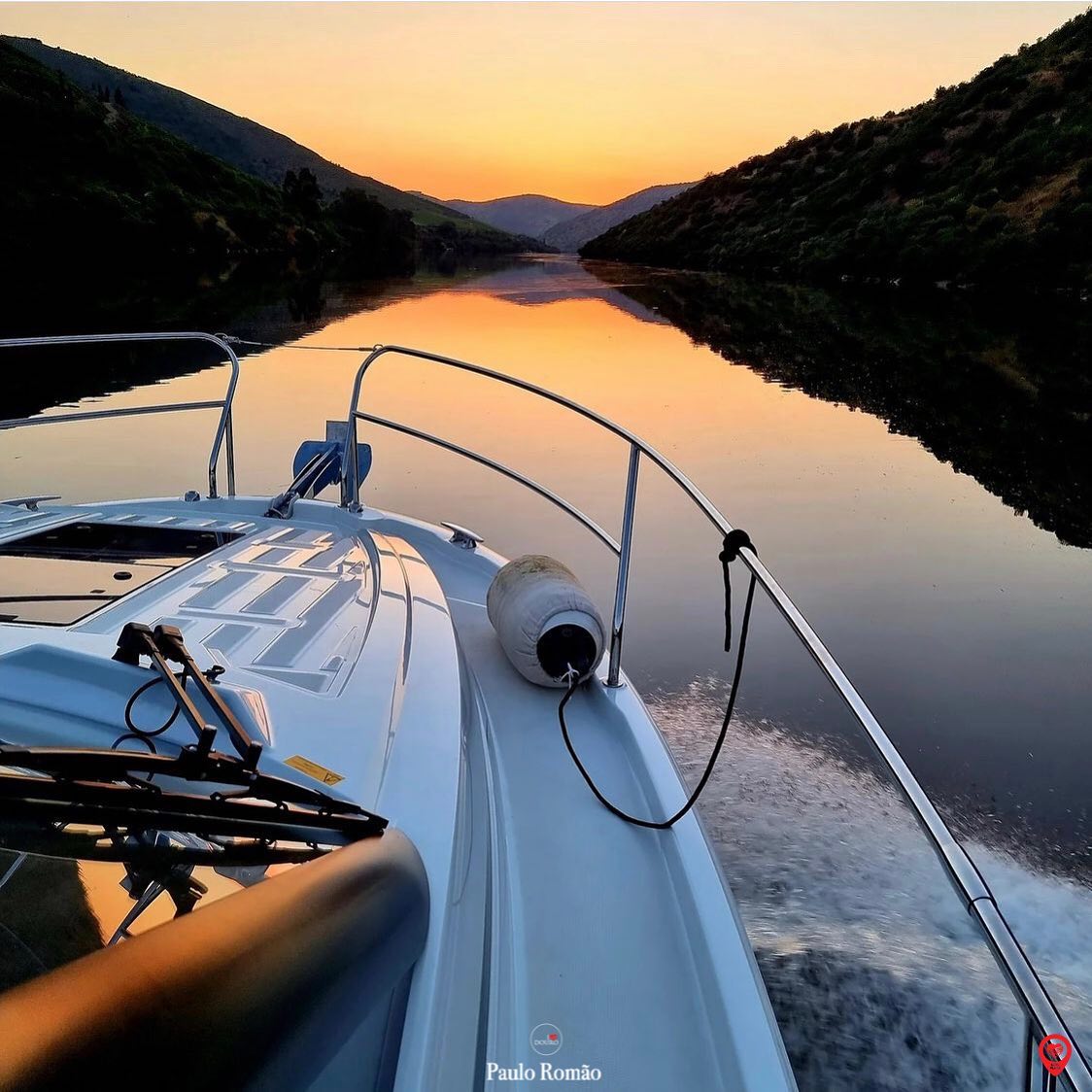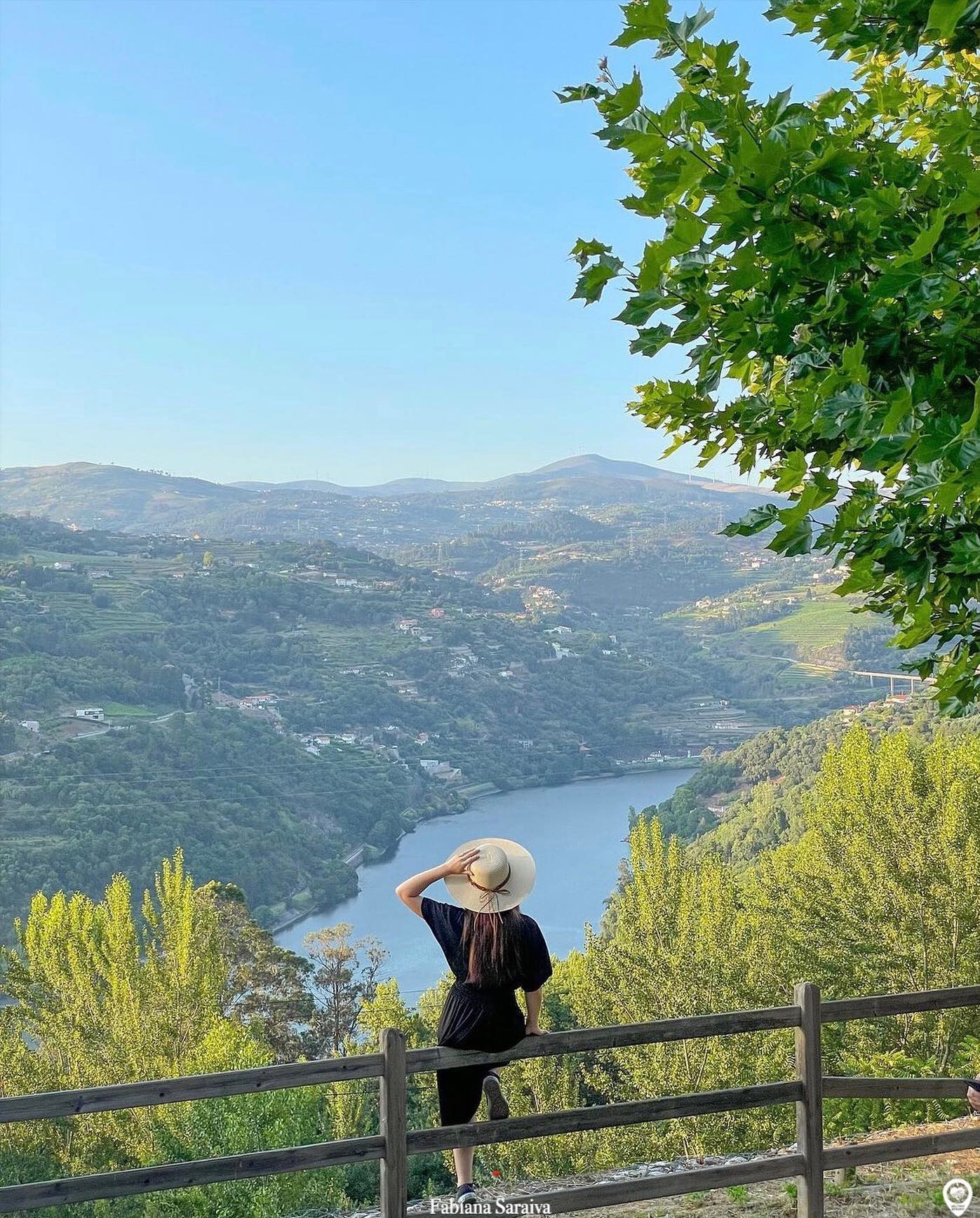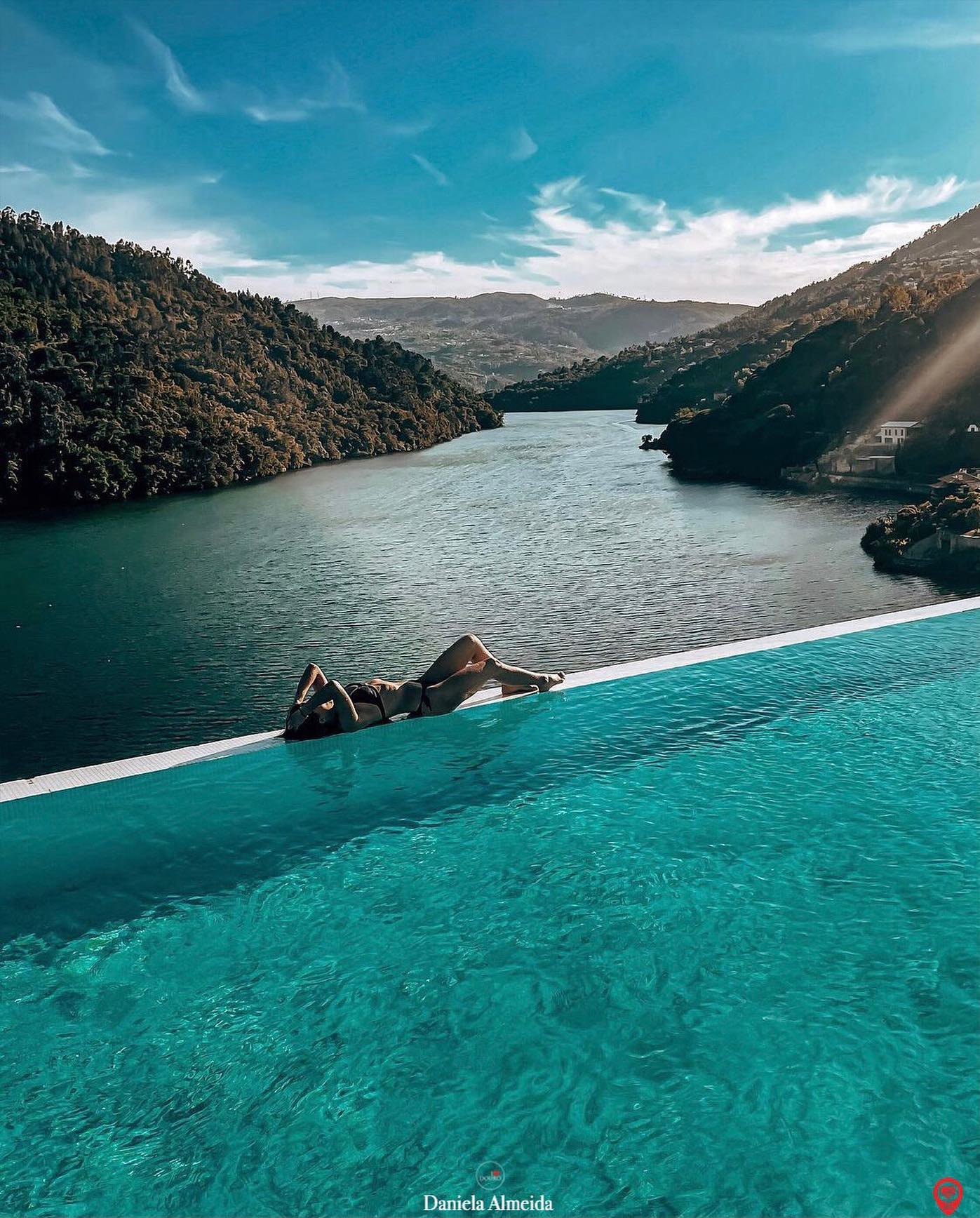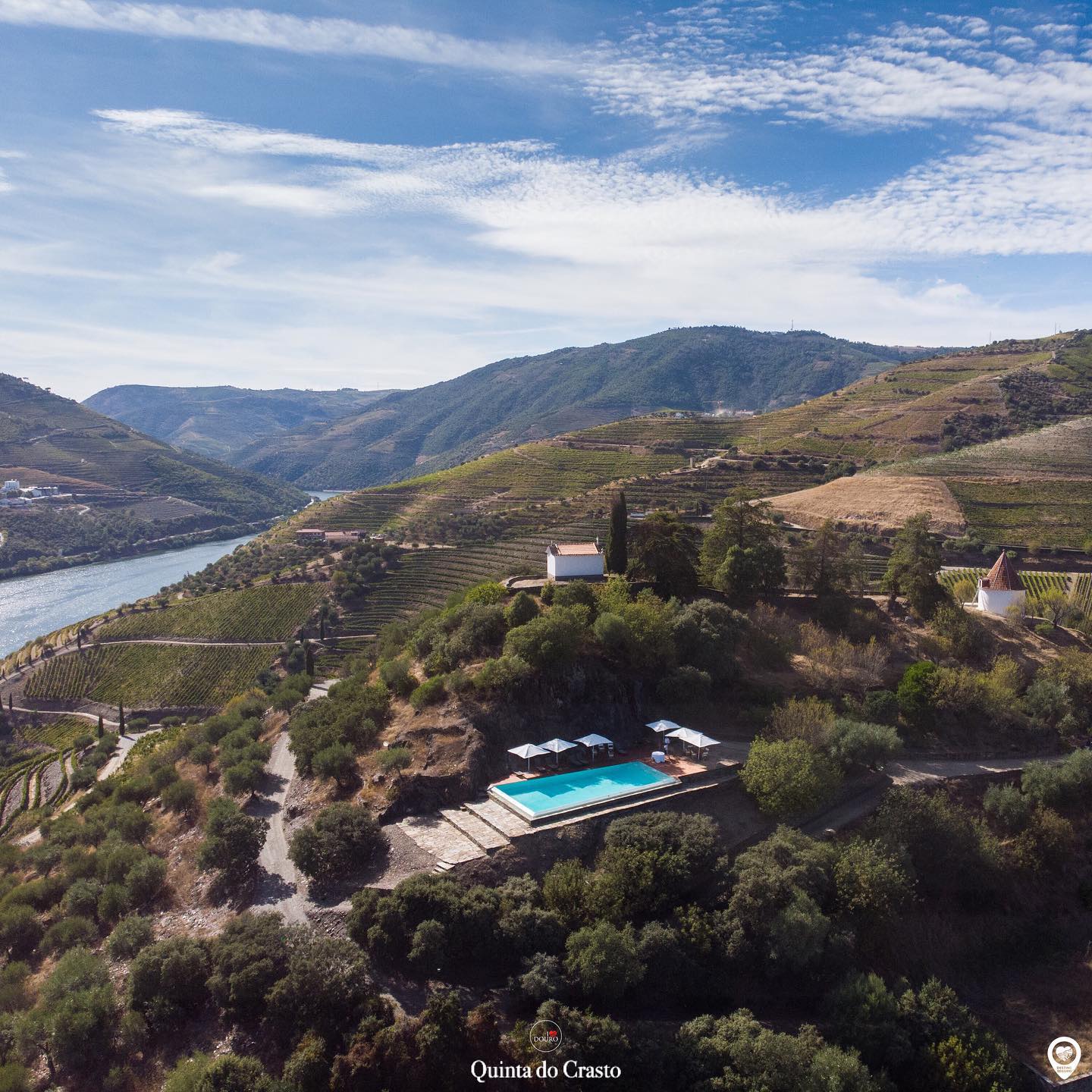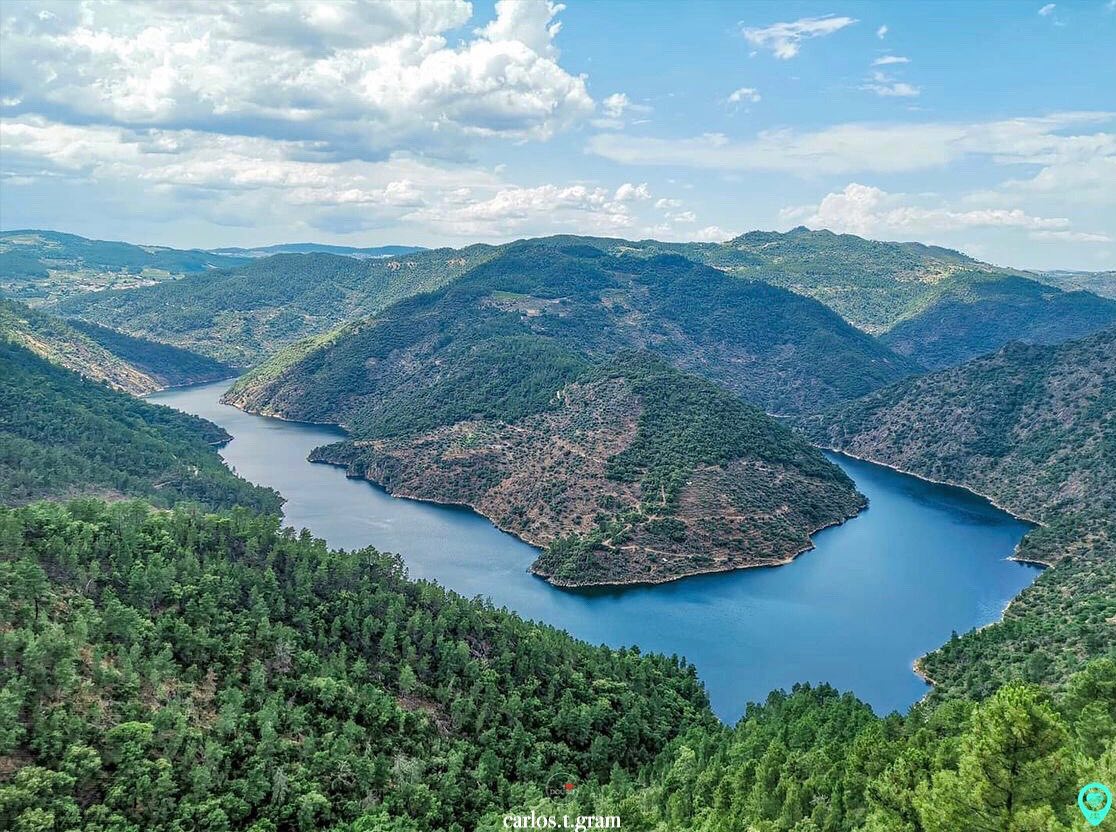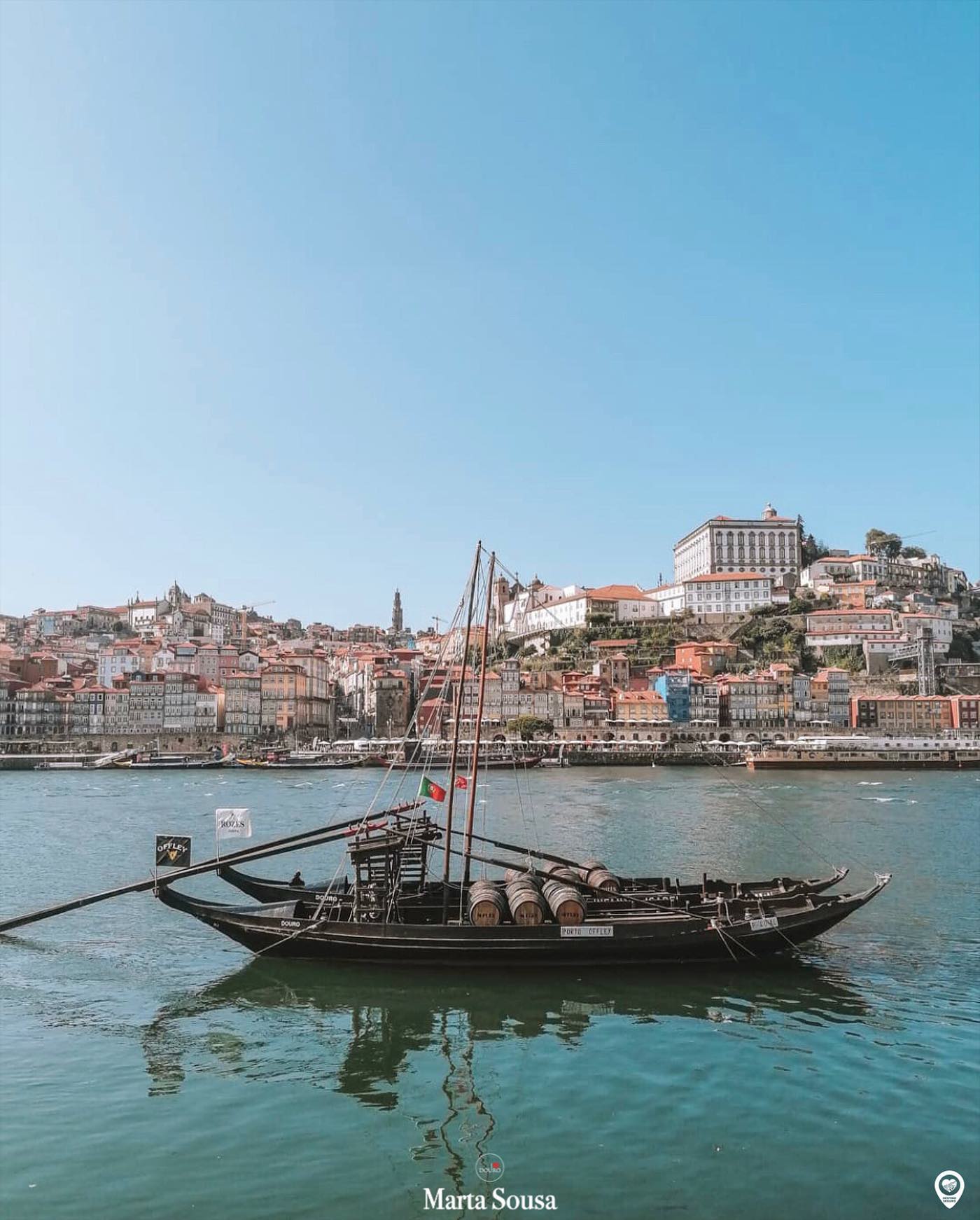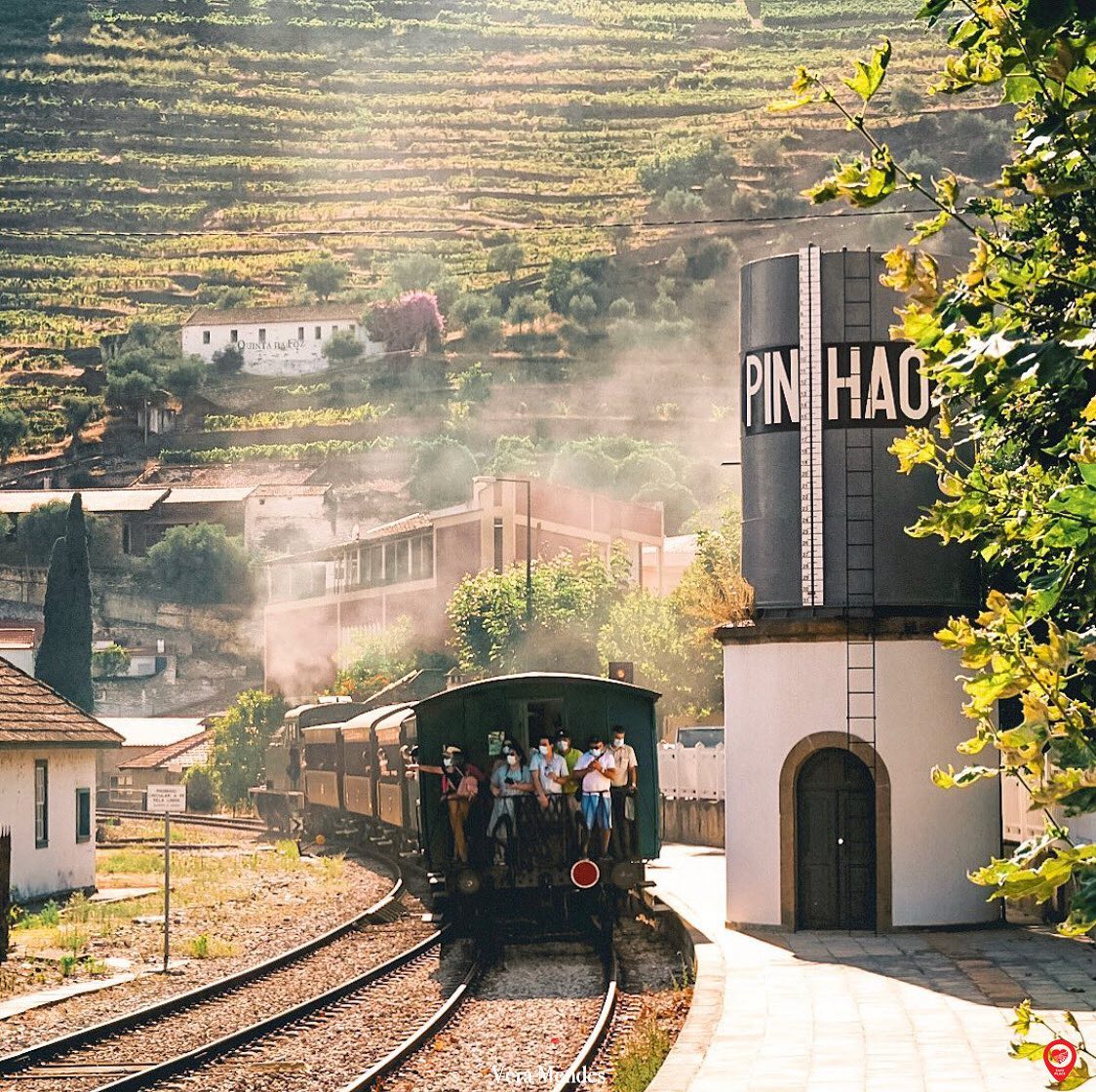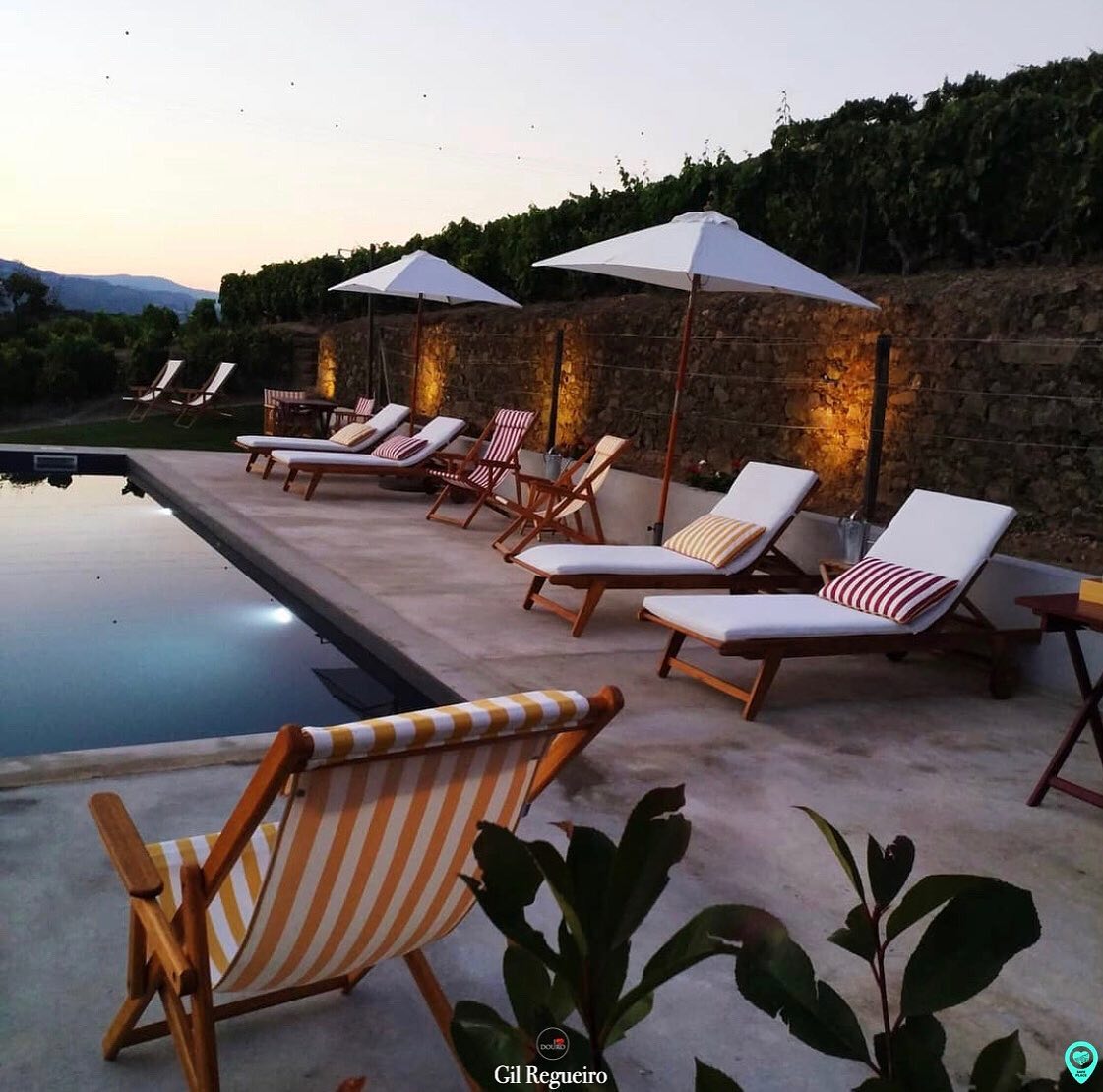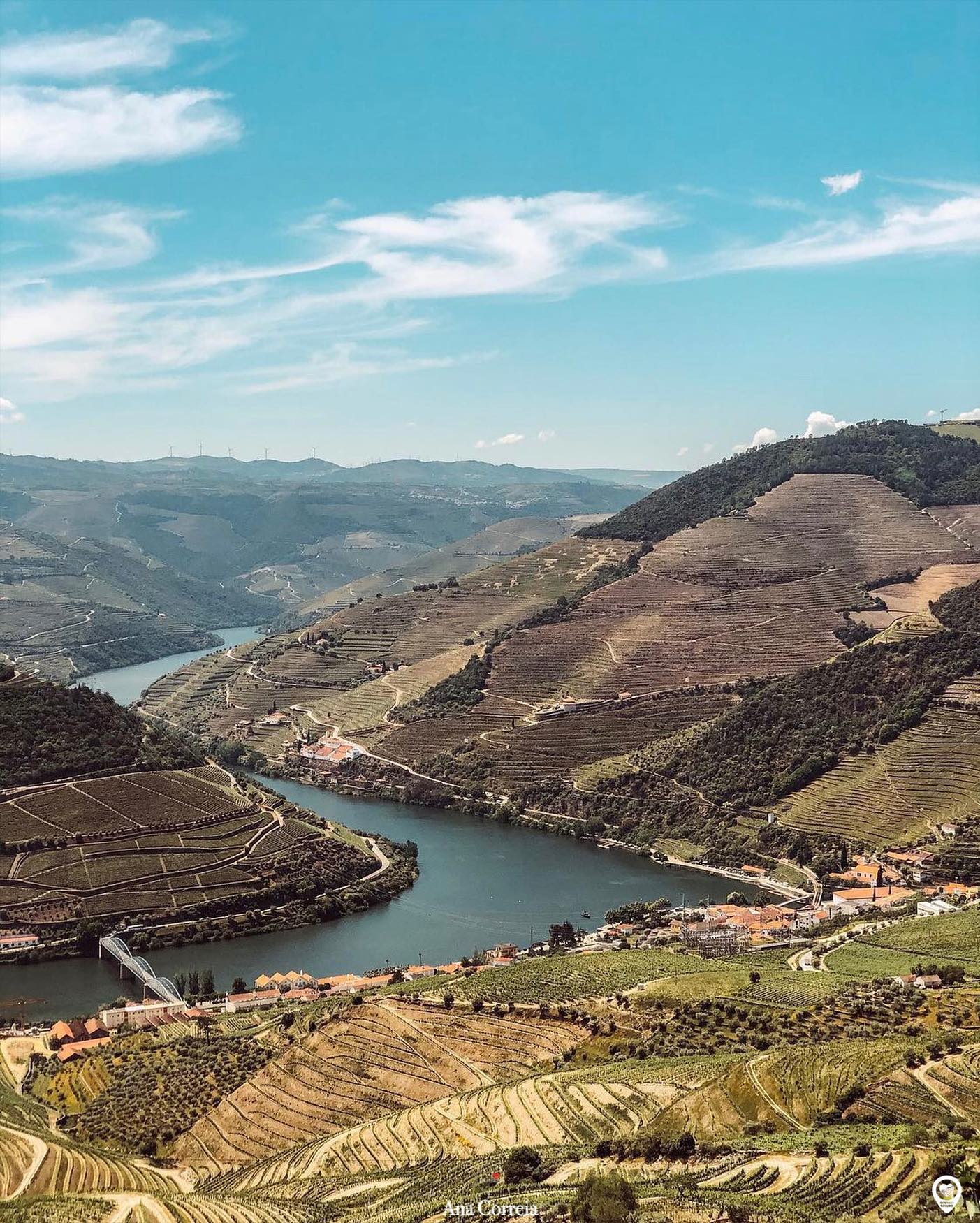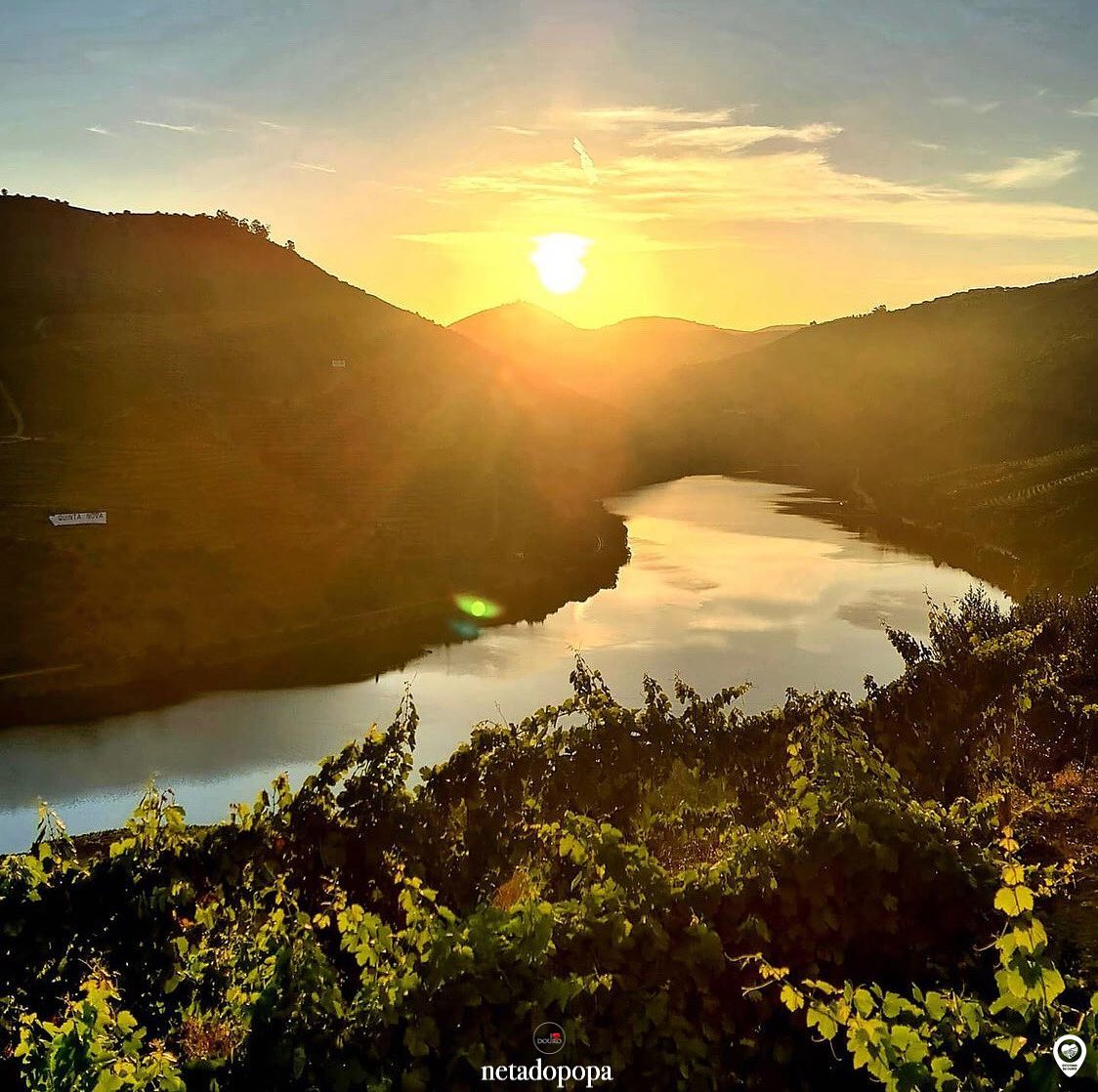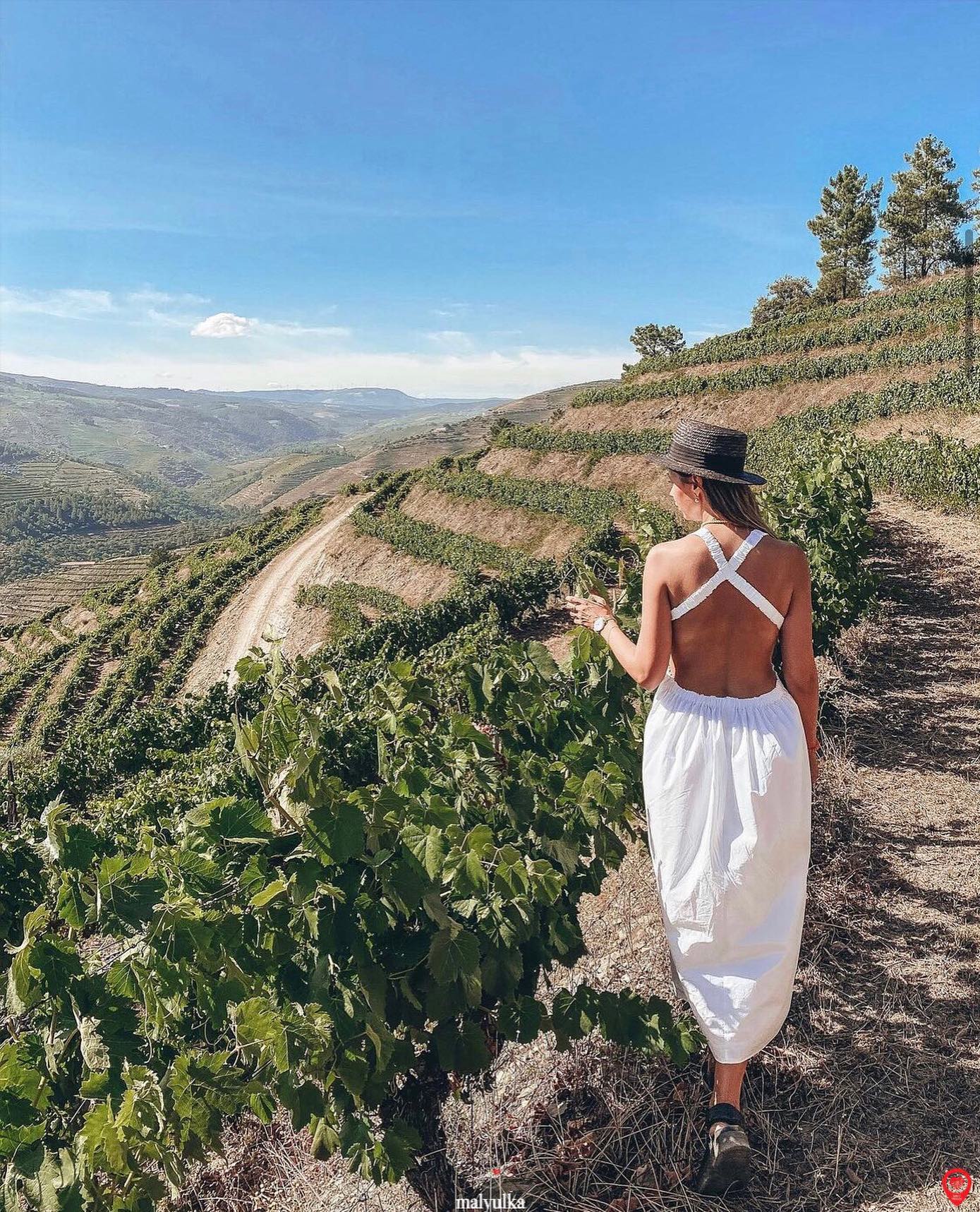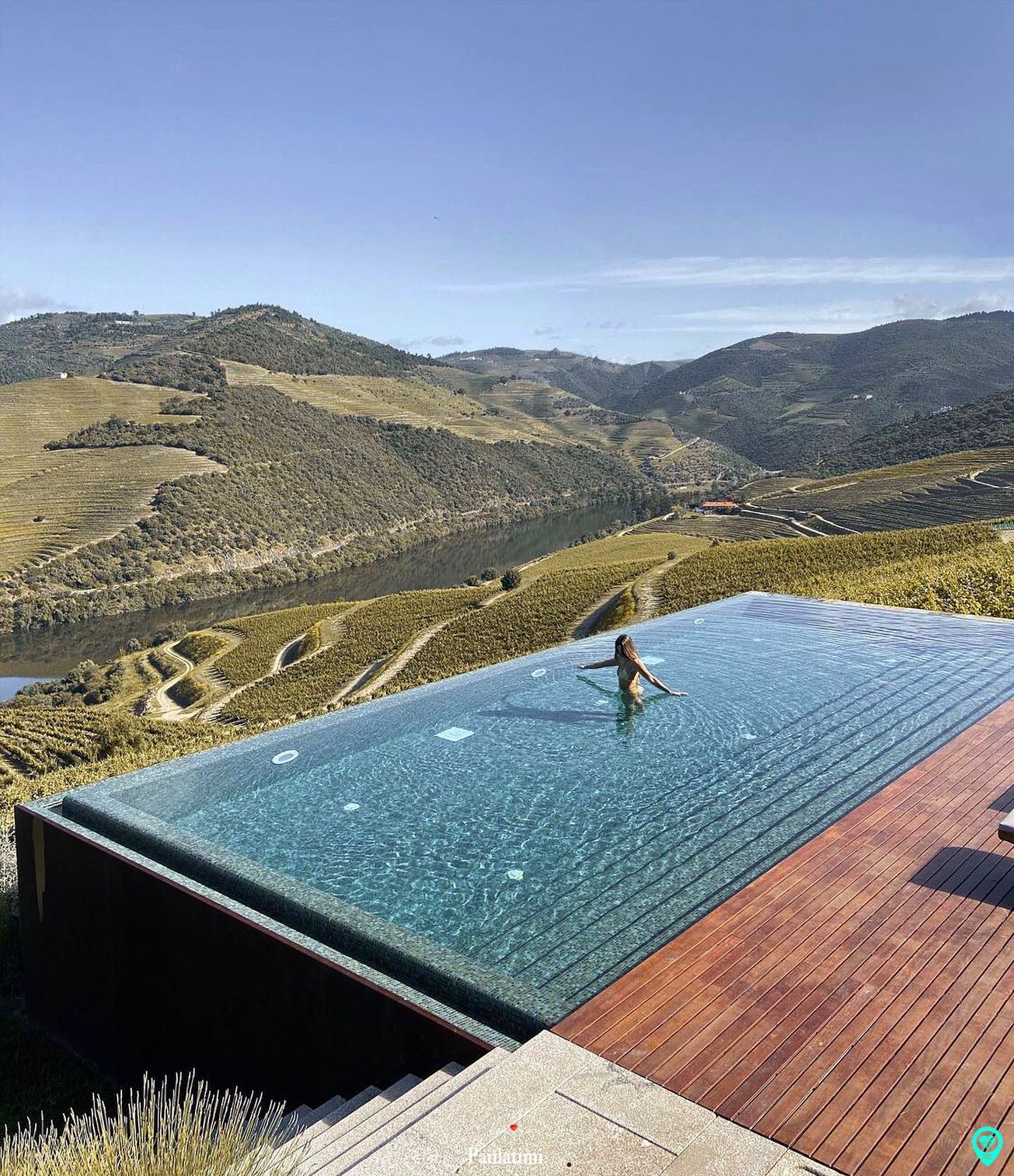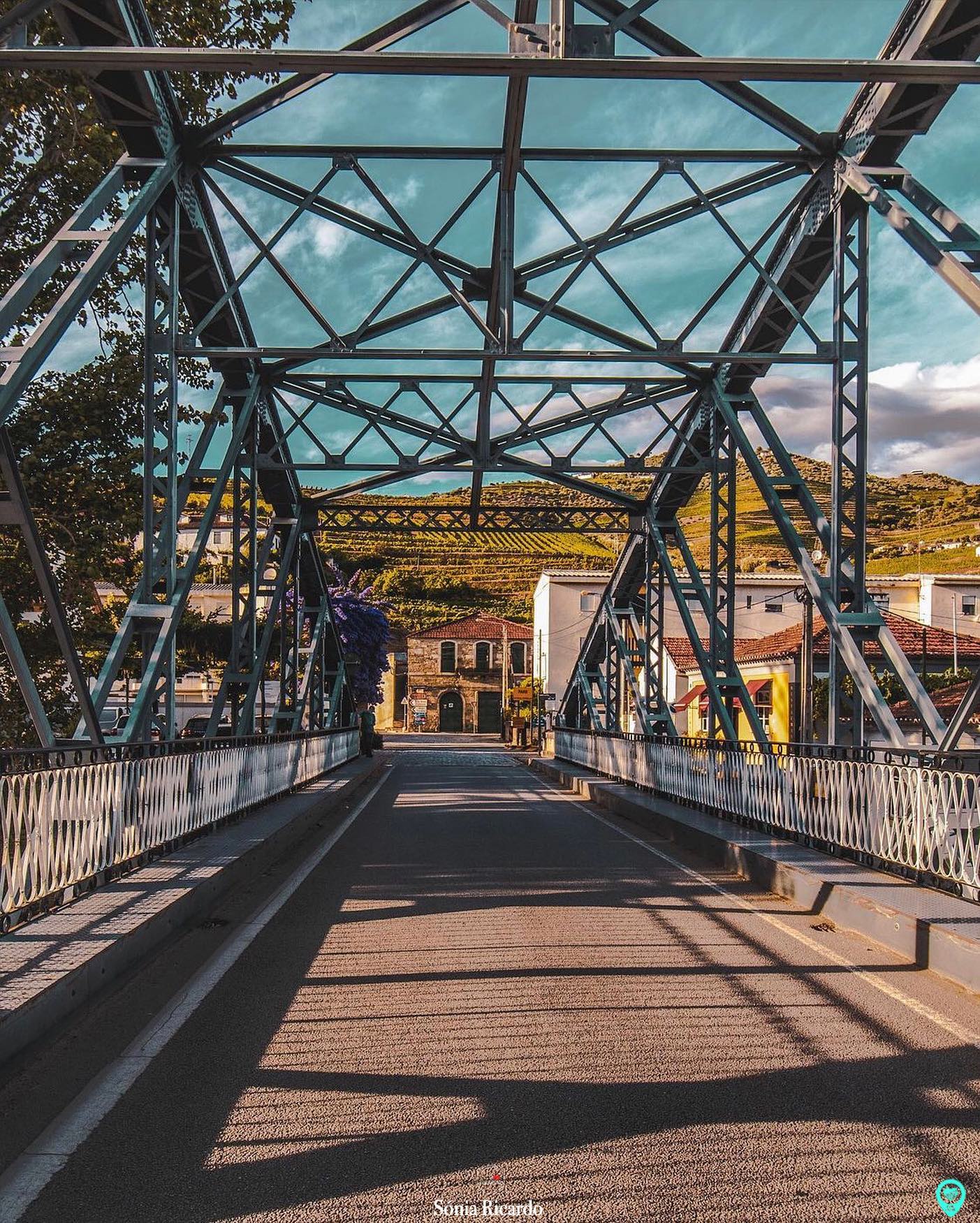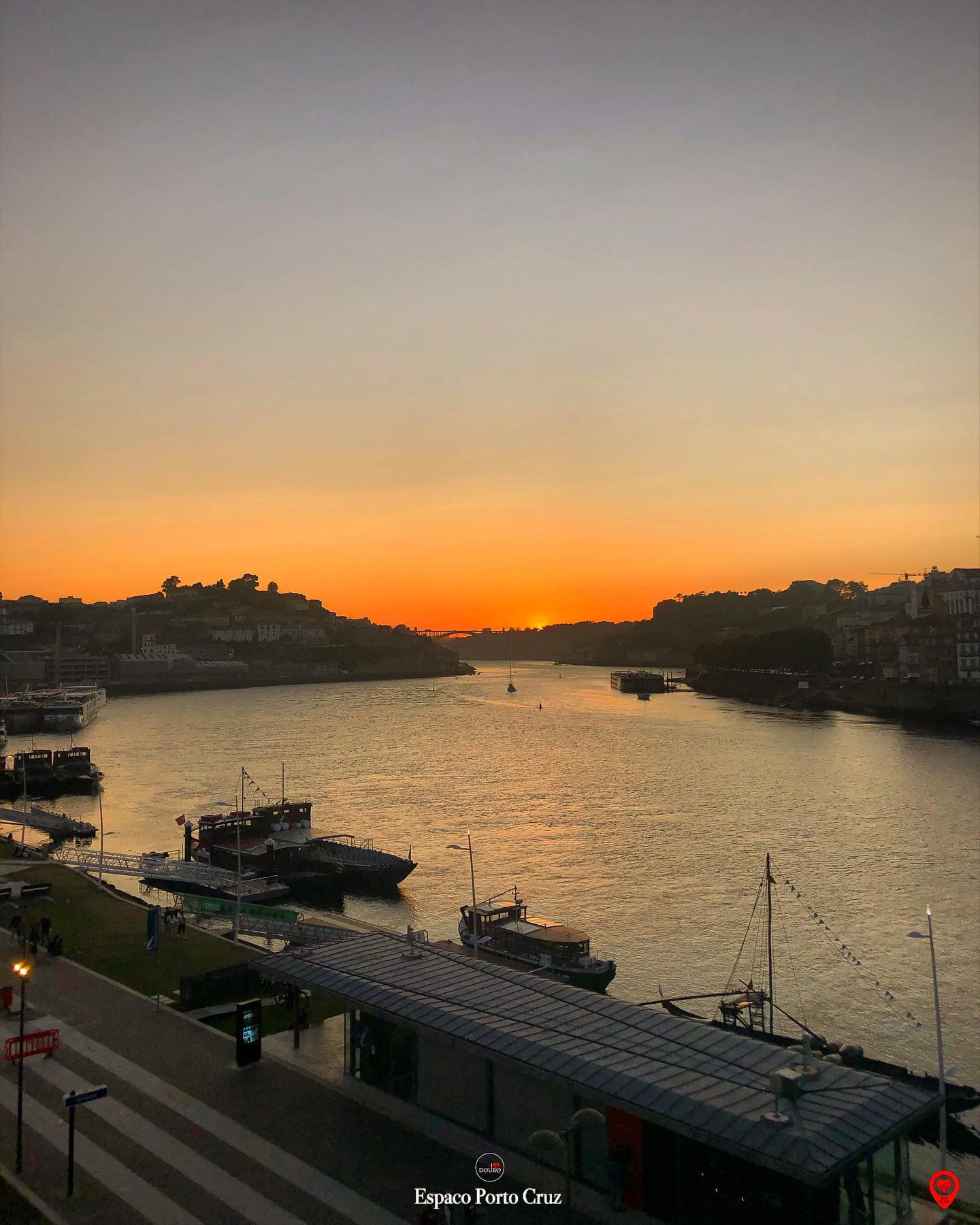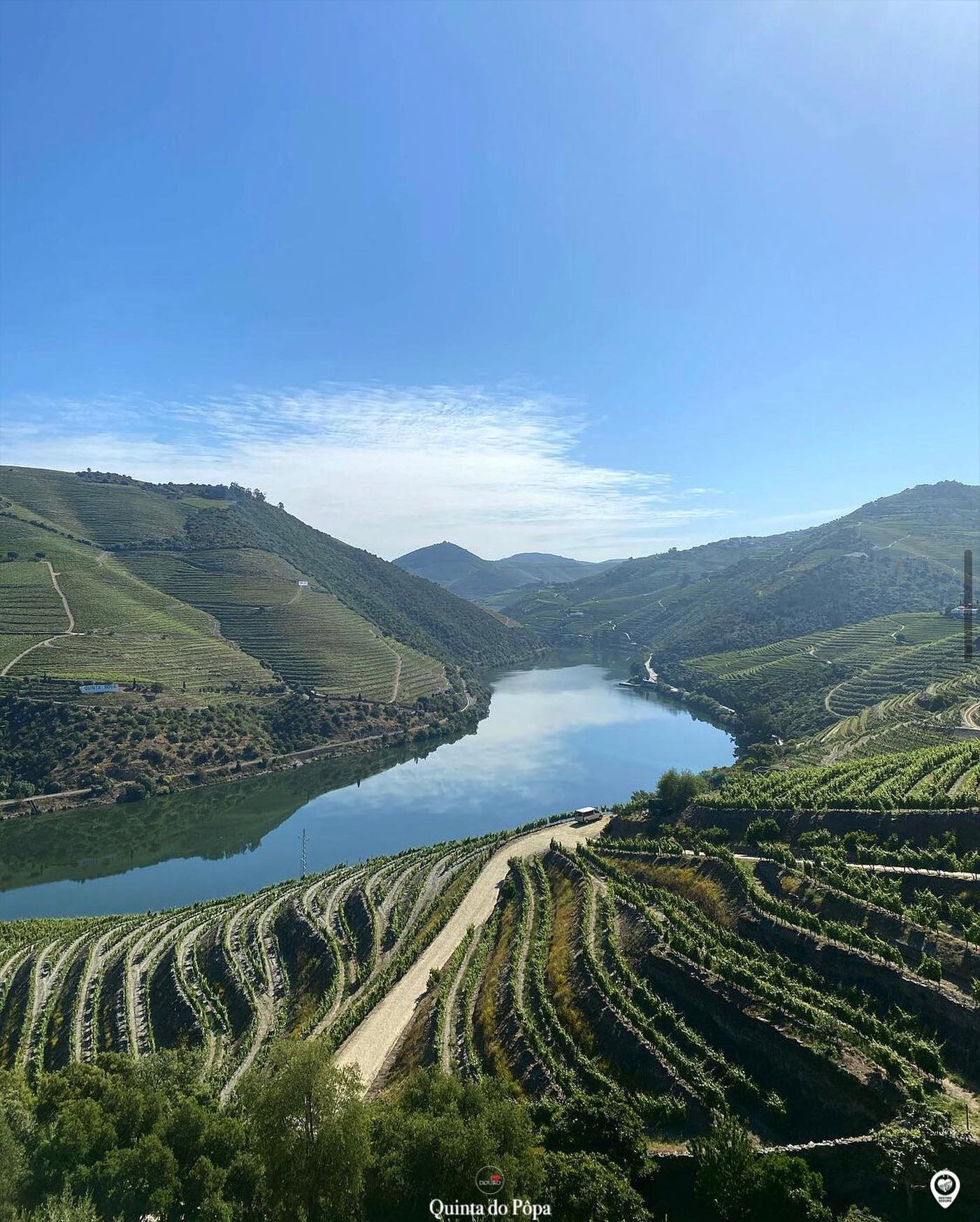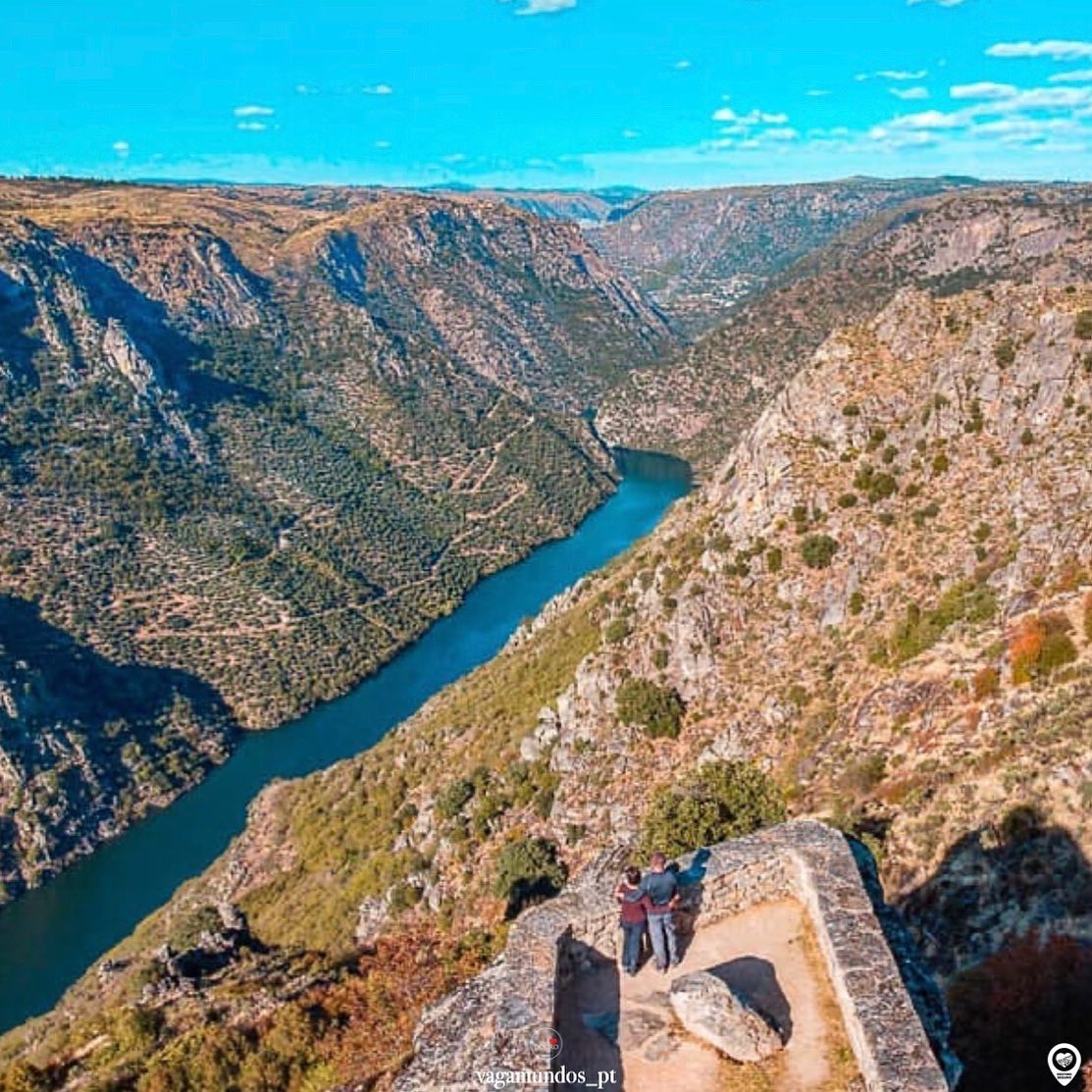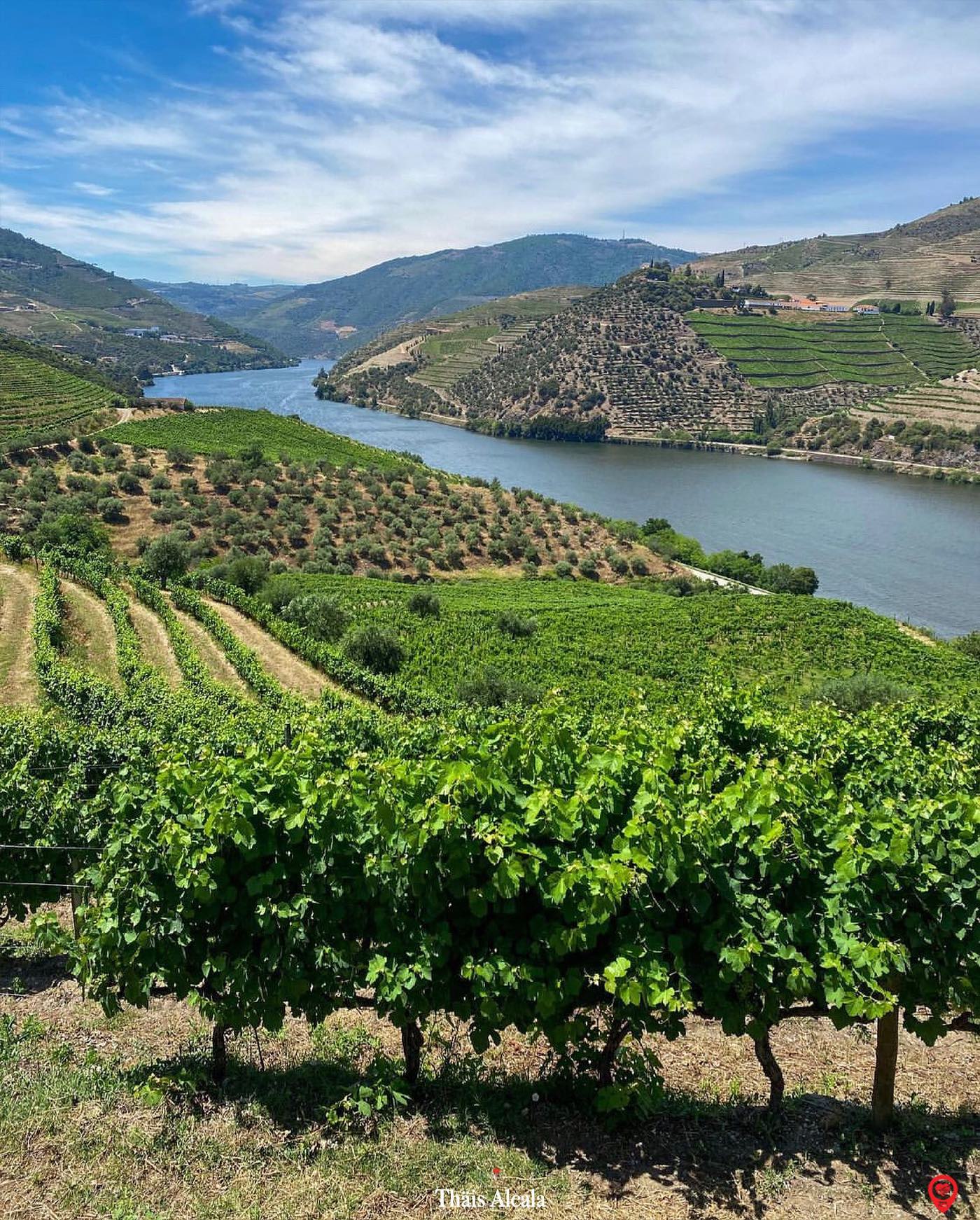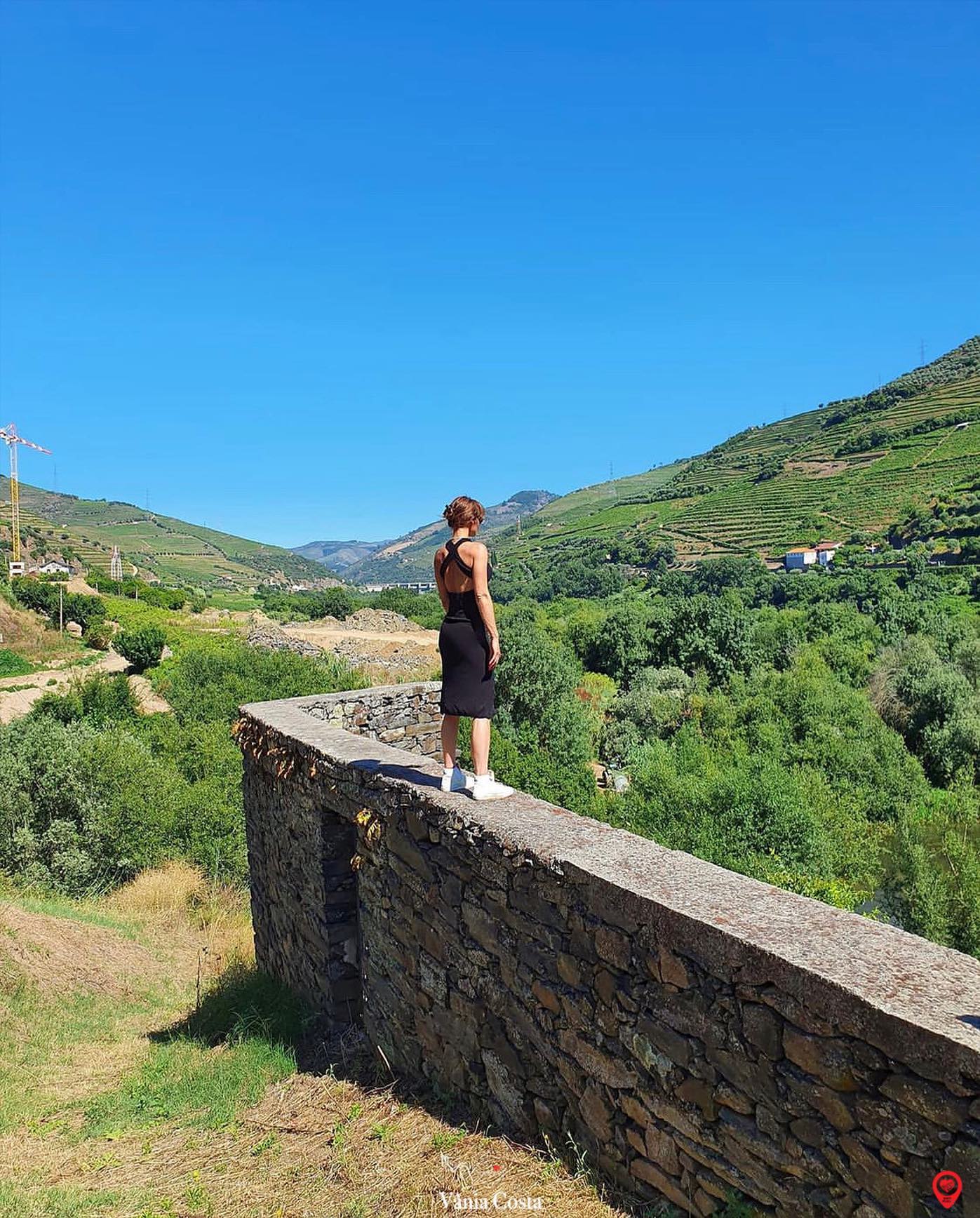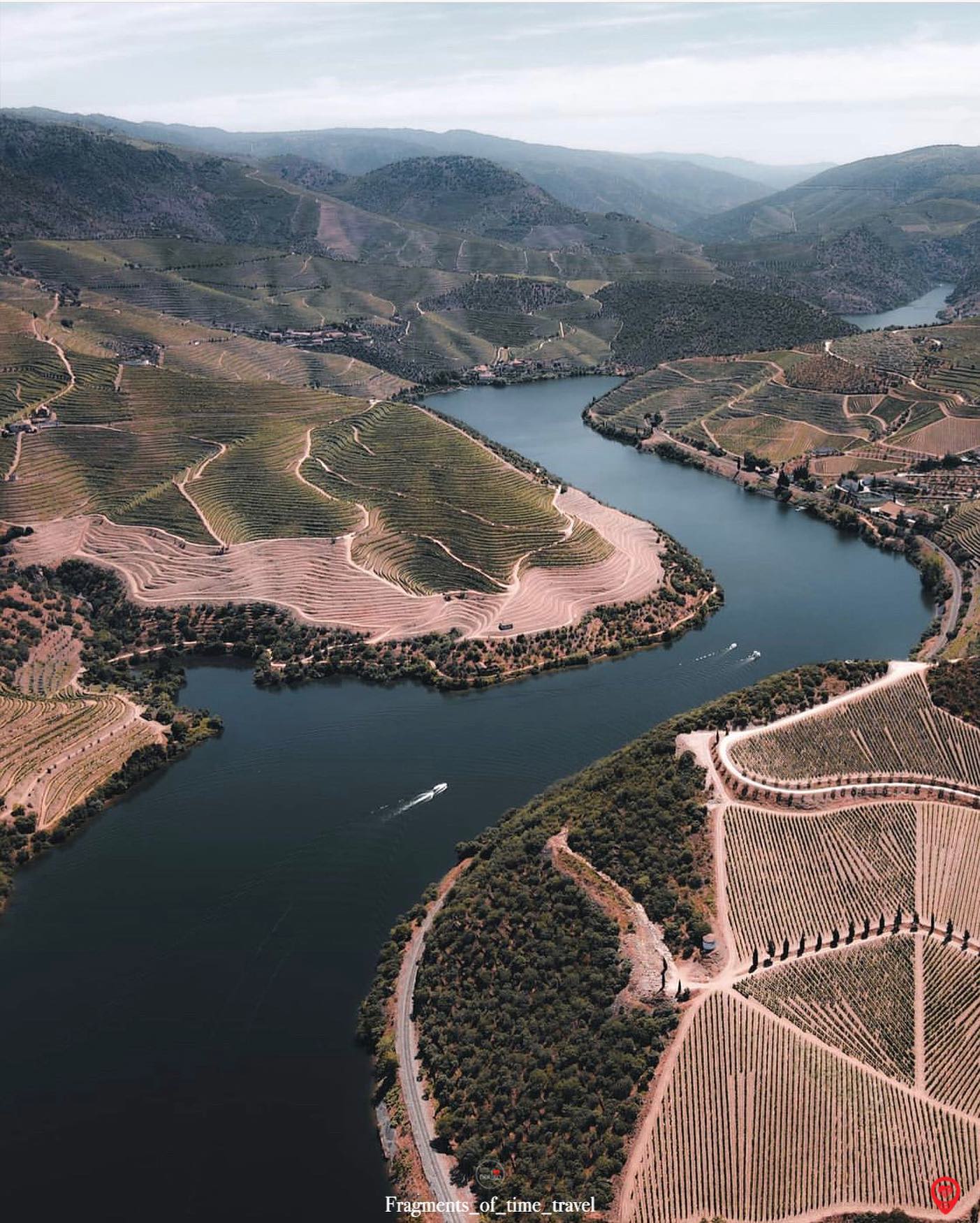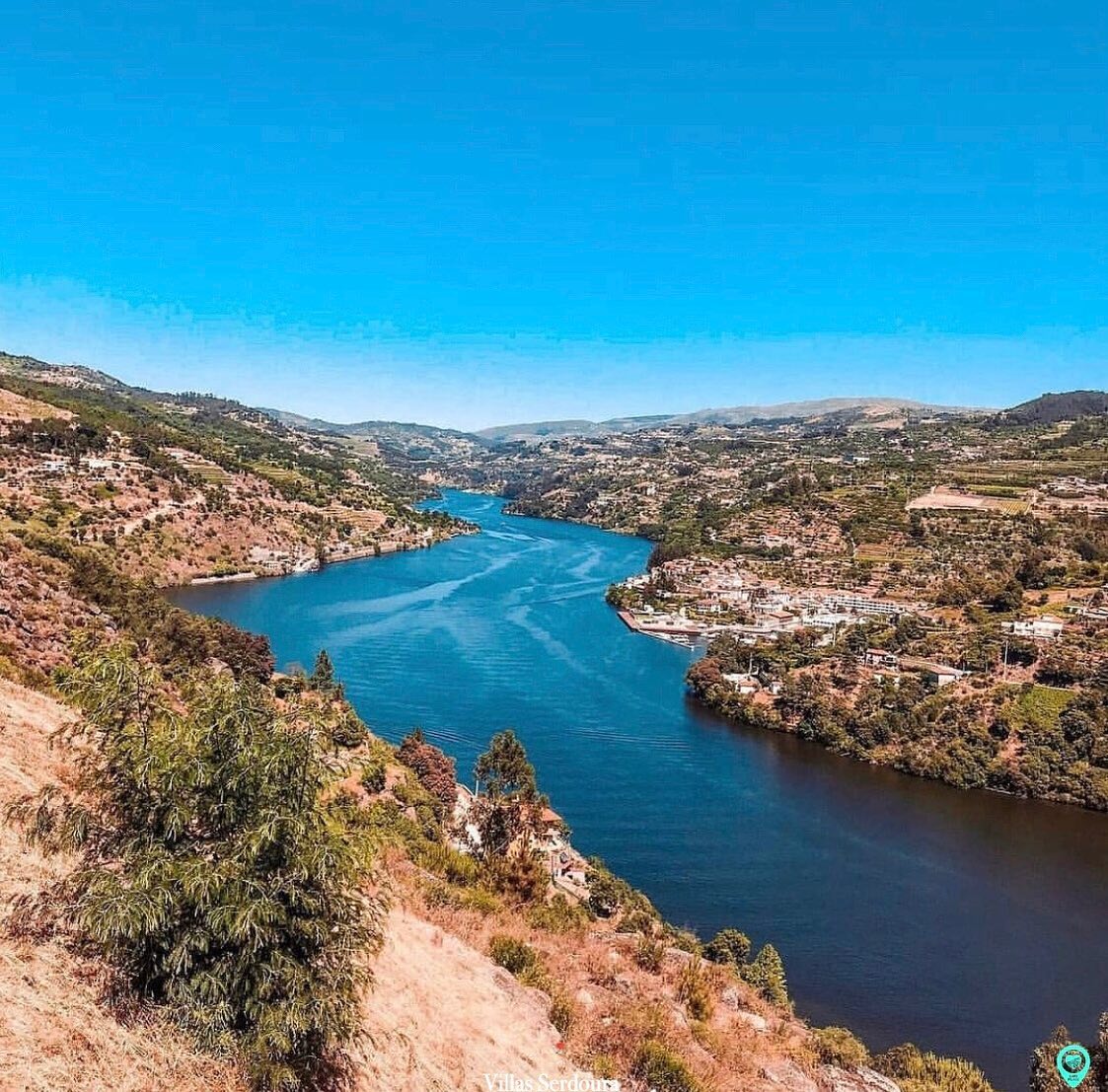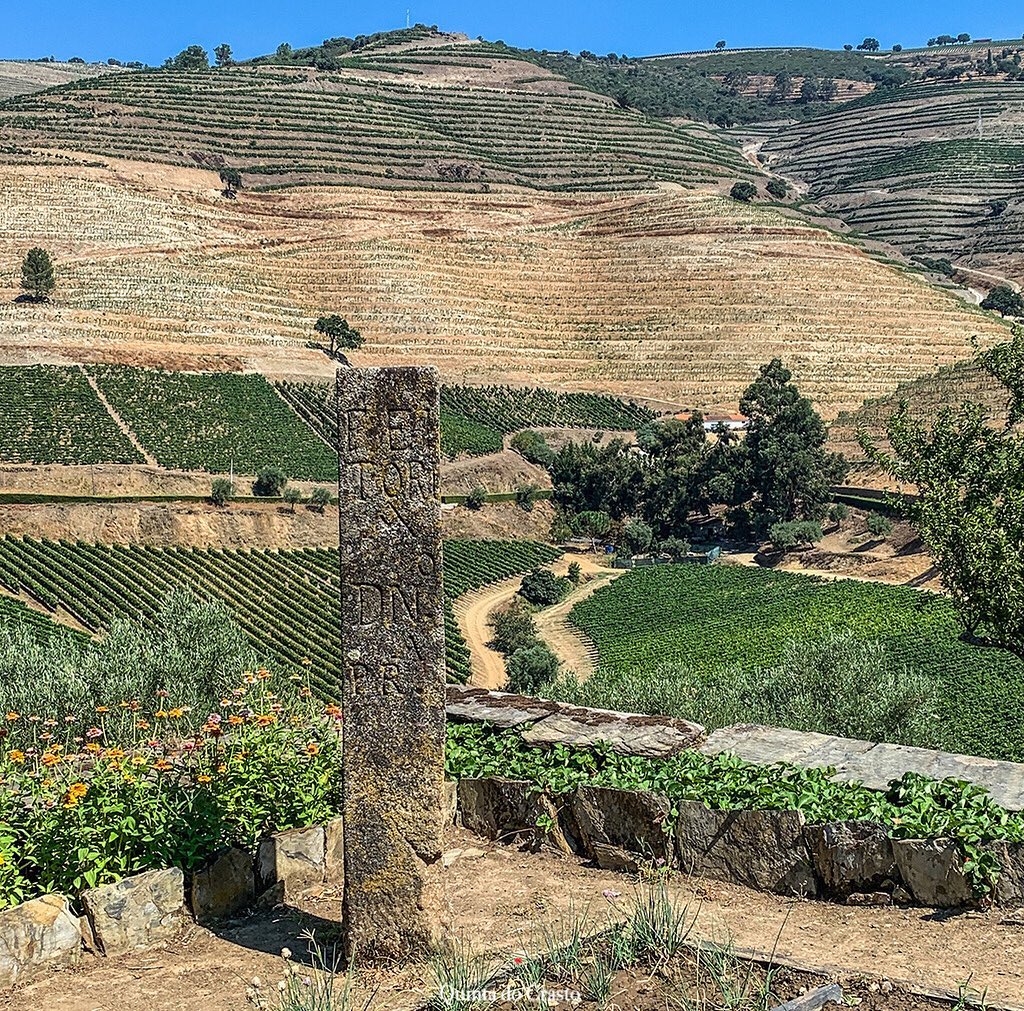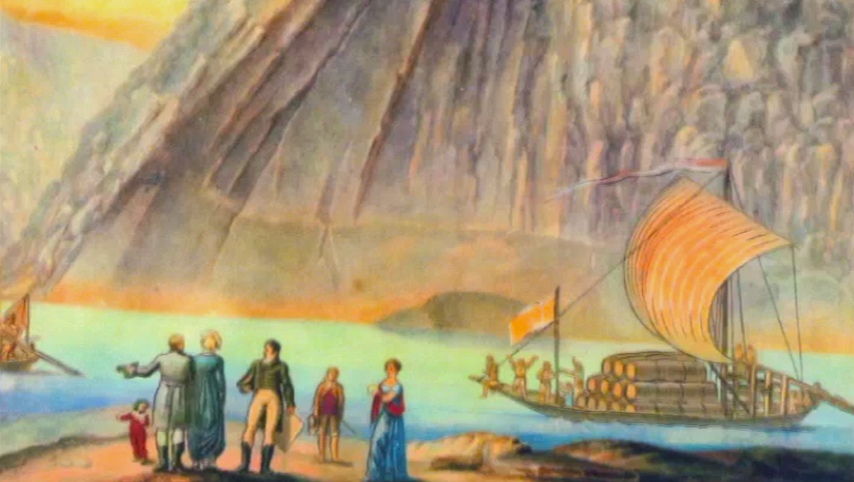
Douro stories: fact and fiction
18 January 2020
Douro stories: fact and fiction
The Marquês de Pombal
The Douro is often considered the world’s first demarcated wine region, although Chianti, in Italy, and Tokay, in Hungary, sometimes claim to have got there first, in the early decades of the eighteenth century. What is not contested, however, is that the demarcation of the Douro, in 1756, created an extremely precise geographical area for the production of Port wine. The man behind all this, the autocratic Marquês de Pombal, had, the previous year, played a leading role in overseeing Lisbon’s reaction to one of Europe’s worst ever earthquakes. To safeguard the Port wine trade and improve its organization, Pombal had 335 stone pillars set up to delineate a protected region. One third of these marcos pombalinos are still standing. A limit was set to the planting of new vines, with strict production quotas and fixed prices, to protect the financial wellbeing of grape growers and provide an incentive for efficient vineyard management. With the region demarcated, the revenues from Port could contribute to rebuilding the country’s economy. The energetic Marquês also created the Douro Wine Company which presided over a points system for the classification of vineyards (from A-F). The first of its kind in the world, it is still in existence today.
Baron Joseph James Forrester
The enterprising Joseph James Forrester was another innovator in the history of the Douro. Born in Hull of Scottish parentage, Forrester arrived in Oporto in 1831, aged twenty-one, to work for his uncle James Forrester, a partner in the firm of Port shippers Offley, Forrester and Weber. Forrester was to remain in Portugal for the rest of his life and, in his day, he was one of the most influential and best loved members of the English Port wine community. Considered as the ‘Protector of the Douro’, Forrester was an active defender of the interests of Portuguese wine growers. In 1844 he published anonymously a controversial pamphlet `A Word or Two About Port Wine´, which dared attack the Douro Wine Company for its stifling monopolistic control over the Port wine industry, commenting that the Douro’s best wines were ‘natural’, that is to say unfortified, an extremely independent point of view in those days. Forrester employed his deep knowledge of the region to create the first maps of the Douro River and its wine country. These maps, objects of great beauty and considerable value, can sometimes still be discovered on the walls of the Douro’s most prestigious quintas. In appreciation of this epic cartographic project, the Portuguese monarchy titled Forrester a Baron. In addition to shipping Port, promoting the concept of terroir in his writings about the wine industry and viticulture, and mapping the Douro, ‘Barão’ Forrester owned vineyards at Quinta da Boavista in the Cima Corgo (today owned by Lima & Smith and producing outstanding wines). On a recent visit to Boavista, Tony Smith described Forrester as a ‘Renaissance man’. In the final decade of his life, Forrester painted sensitive drawings of the River Douro and its mountainous surroundings, and equally took some early photographs. Some of these drawings hang in the reception area at Cockburn’s Port wine lodge, in Vila Nova de Gaia. A wealthy man through his Port shipping, he fitted out a luxurious rabelo boat, manned by elegant staff, on which he entertained his friends. One friend was wealthy widow and vineyard owner with a powerful personality, Dona Antonia Ferreira, owner of the great Quinta do Vesuvio, today a jewel in the crown of Symington Family Estates. Some people in the Douro claim that the two had a relationship, others that Forrester was only Dona Antonia’s ‘financial advisor’. In 1861, the boat carrying the two friends became swamped and capsized as it negotiated the dangerous rapids at the Cachão da Valeria gorge. Forrester always wore a money belt and, with the weight of the gold sovereigns it contained, drowned. Dona Antonia survived, kept afloat by her crinoline skirt.
Eça de Queiros
Often compared to Dickens and Balzac, and even Tolstoy, Eça de Queiros was Portugal’s greatest nineteenth century novelist. After fifteen years serving as a Portuguese consular official in England, where he commented on “the indecent manner of cooking vegetables,” Queiros, in 1888, was appointed consul to Paris. It was here that he wrote one of his most endearing novels, The City and the Mountains, published in 1895. The City and the Mountains opens in Paris. The hero, Jacinto, lives in a mansion on the Champs Elysee, surrounded by all the latest tech gadgets, but bored stiff by his empty existence (a familiar twenty-first century malaise!). Summoned to the Douro by his estate manager, Jacinto gradually discards the tedium of this sophisticated life for the simple rural pleasures of the Douro, finding purpose in a new connection with the local people and throwing himself into projects to improve their lives.
The author, James Mayor, is the founder of Grape Discoveries, a boutique wine tourism business: www.grapediscoveries.com
